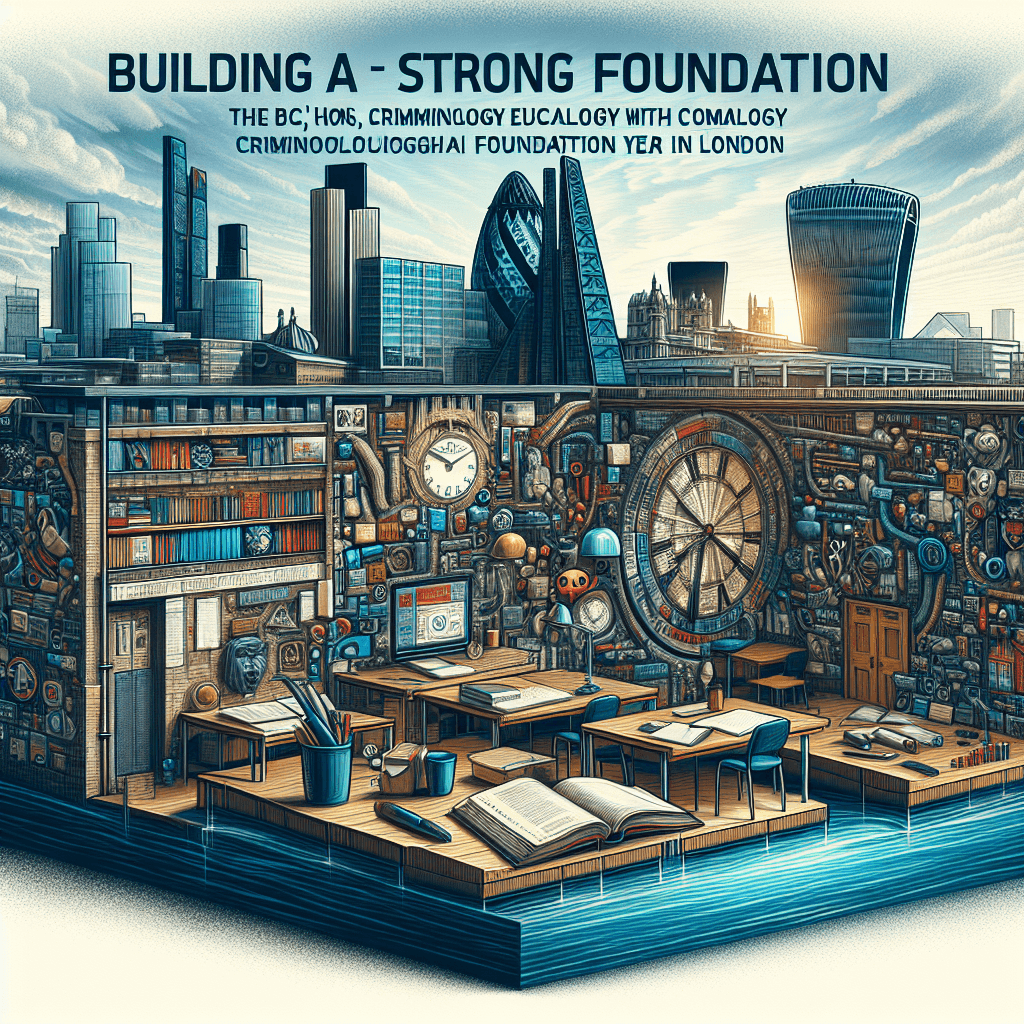Understanding the New EYFS Framework: A Guide for Parents and Practitioners
The Early Years Foundation Stage (EYFS) is a crucial stage in a child’s development, as it lays the foundation for their future learning and well-being. The recent changes to the EYFS Framework aim to provide a clear and consistent approach to supporting the development of young children. In this article, we will explore the key aspects of the new framework and what it means for parents and practitioners.
What is the EYFS Framework?
The EYFS Framework is a set of principles, criteria, and practices that guide the care and education of children from birth to 5 years old. The framework is divided into four themes: Relationships, Learning and Development, Health and Well-being, and Becoming and Being.
Key Changes in the New Framework
The revised EYFS Framework, which came into effect in September 2017, introduces several significant changes to improve the quality of early years provision. These changes include:
- Greater Emphasis on Child outcomes: The new framework shifts its focus from the process of learning to the outcomes of learning, emphasizing what children know, understand, and can do.
- Three Broad Themes: The framework is now organized around three broad themes: Prime Area, Specific Area, and Assessing and Recording.
- Prime Areas: These areas are fundamental to a child’s development and include:
- Physical Development
- Communication and Language
- Personal, Social, and Emotional Development
- Specific Areas: These areas are more specialized and include:
- Mathematics
- Understanding the World
- Expressive Arts and Design
- Assessing and Recording: The new framework places a greater emphasis on ongoing, informal assessment and recording, rather than traditional, frequent, and formal assessments.
What Does this Mean for Parents and Practitioners?
For Parents:
- As a parent, you can expect your child’s early years setting to focus on providing a nurturing environment that supports their overall development, rather than having to meet specific targets or standards.
- You can also expect to be involved in your child’s education and be kept informed of their progress through regular updates and parent-teacher conferences.
- Encourage your child’s early years setting to use the EYFS Framework to plan and deliver activities that are engaging, challenging, and relevant to your child’s interests and needs.
For Practitioners:
- The new framework provides a clear and consistent approach to understanding and supporting children’s development, helping you to plan and deliver high-quality early years education.
- You can use the framework to identify and address potential issues, such as learning gaps or developmental delays, and provide targeted support for children who need it.
- The framework also encourages collaborative work with other professionals, such as health visitors and school teachers, to ensure a seamless transition for children moving from an early years setting to school.
Conclusion
The revised EYFS Framework offers a more holistic and child-centered approach to early years education, recognizing that children learn and develop in different ways and at different rates. By understanding the new framework, parents and practitioners can work together to support the development of happy, healthy, and successful children. By focusing on the incremental learning journey, rather than specific targets, the new framework sets the stage for a bright and promising future for our children.
#Understanding #EYFS #Framework #Guide #Parents #Practitioners







